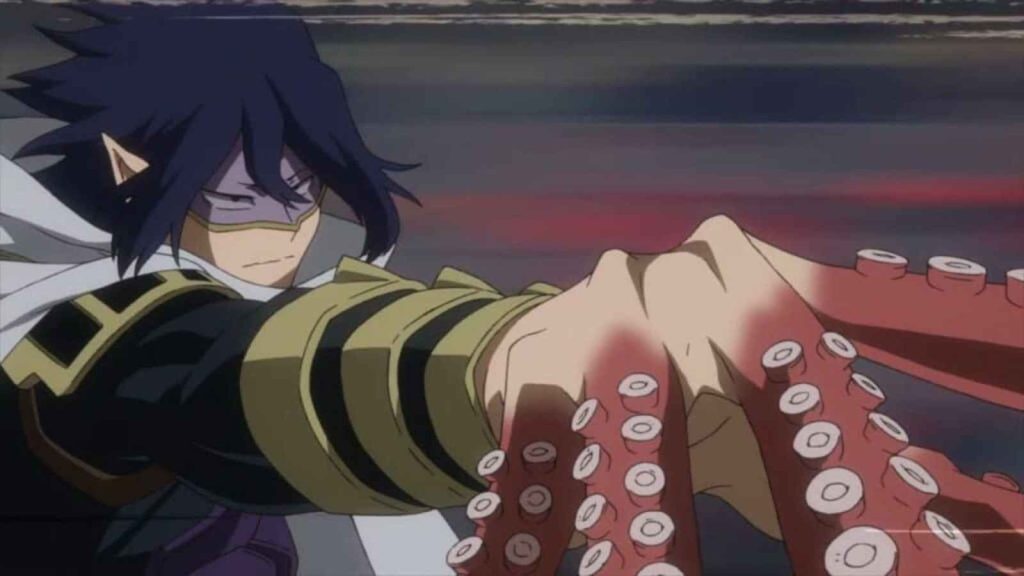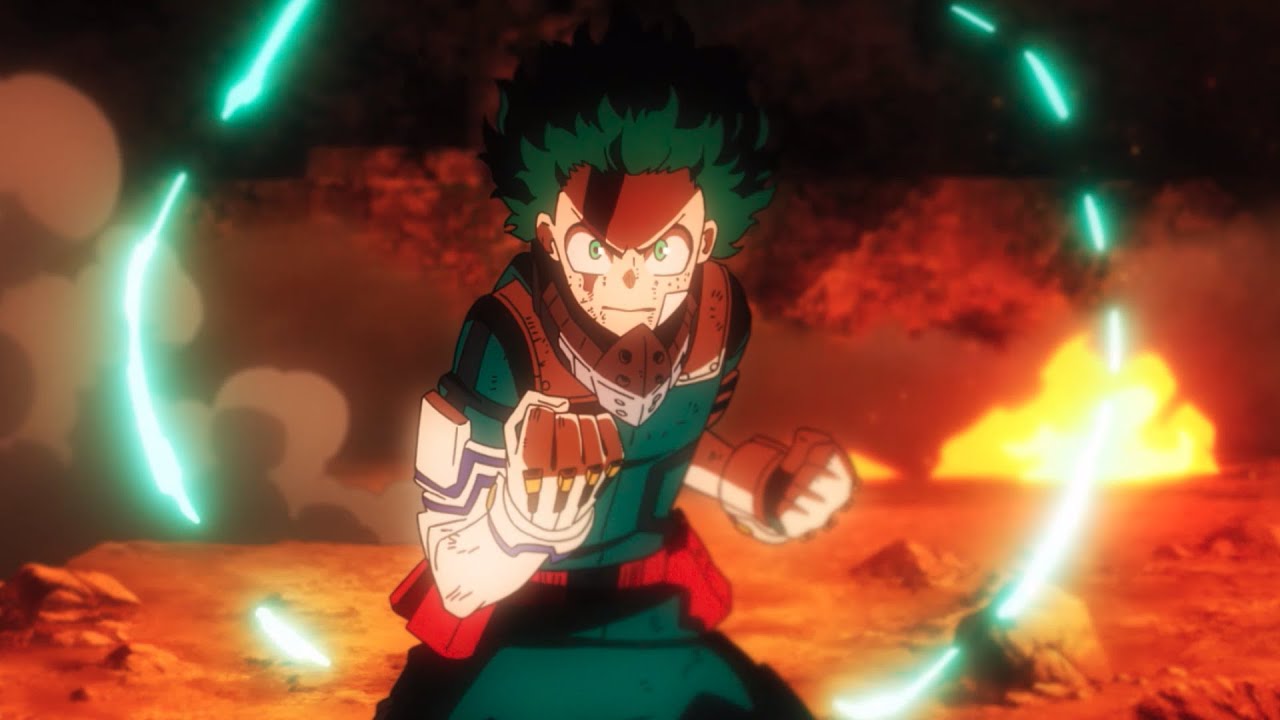In the world of ‘My Hero Academia,’ almost everyone possesses some sort of quirk, a special superpower that usually solely belongs to them. Even though each quirk varies slightly, even when heredity is taken into consideration, most of them do have certain general characteristics in common, which enable them to be divided into a few distinct categories.
But before heading into what are the types of quirks, we have to understand what is quirk. So, let’s start by understanding what is quirk and what makes it so special.
Read more: Who Is Power In ‘Chainsaw Man’? Everything You Need To Know About The Character
What Is A Quirk?

Characters in ‘My Hero Academia‘ have quirks that allow them to accomplish superhuman abilities. In the series, both heroes and villains have displayed these peculiar abilities. Quirks are used by 80% of the population, which presents some special challenges.
According to certain theories, quirks represent the next phase of human evolution. Although crude, it is possible to determine whether a person has a quirk by examining whether their pinky toe has an extra joint or not. People with one joint are more likely to develop a quirk than those with two joints, who are more likely to be quirkless.
A person’s quirks are extensions of his or her physical functions. They may so become trained and exhausted. The same principle that operates when someone exercises their muscles—new, stronger fibers emerge—applies to quirks. However, depending on how a Quirk is employed, a person could suffer from a wide range of adverse consequences. Typically, these downsides are minor illnesses like dry skin or nausea, but occasionally they might be considerably worse.
How Many Types Of Quirks Are There?

As the name “quirk” suggests, quirks come in a very wide variety and are particular to each person. On the other hand, quirks can be categorized into quirk kinds according to what they do and how they work. Some quirks, referred to as Mutant-type quirks, permanently alter the user’s physical appearance. When Transformation-type powers are used, the user’s body briefly experiences a physical transformation. Finally, some quirks, known as emitter-type quirks, have no effect whatsoever on the user’s physical body.
Emitter Quirks

Emitter quirks are skills that give the person the power to create, maybe control, or modify the environment around them. Emissions from quirks of the emitter type can have a wide range of traits and skills. Brainwashing, Explosion, and Half-Cold Half-Hot are examples of emitter-type oddities that normally need deliberate effort to activate. Some Specific quirks like Erasure, even require intense concentration to keep them active.
Some Emitter-type quirks induce a momentary alternation in the user’s body. Such quirks would normally be classified as transformations, but they differ in that they must be activated by the user consuming an outside resource.
Transformation Quirks

Transformation Quirks are skills that make the user temporarily change in some way. Transformation-type quirks provide the person the ability to “change” their body in a number of ways for a brief period of time, occasionally increasing or deleting traits or completely creating new ones. These types of quirks often require the user to “activate” them consciously. Though they can also train themselves to initiate their quirks more deliberately and precisely.
Transformation-type the only known variety of quirk that can provide a user characteristic that they do not already possess is a quirk. This quirk type is also sometimes referred to as Hybrid or Composite since it combines the activation time and mutant-shape properties of the other quirk sorts.
Mutant Quirks

Mutant Quirks are special skills that give their user a long-lasting “abnormality” corresponding to their power. Emitter and Transformation Quirks cannot safely supply the user with the more complicated skills that Mutant-type Quirks can provide them. In order to improve pre-existing powers, they frequently bestow prehensile appendages that the user can manipulate or add structures to existing limbs. Similar to Emitter-type Quirks, Mutant-type Quirks also have the capacity to channel specific parts of their user via them.
This broad description encompasses a wide range of changes, some more obvious than others. Gaining animal characteristics like Tokoyami’s bird head or Shoji’s dual arms are some examples. Mutant quirks, in contrast to emitter-type oddities, are constantly active in some capacity and are hence resistant to abilities that could interfere with their functionality. Although some of them, like Shoji’s morphing arms, still require manual activation, their main characteristic is the lasting alteration to the user’s anatomy.
Read more: Top 5 Anime To Watch If You Love ‘Naruto’






